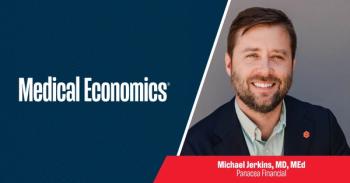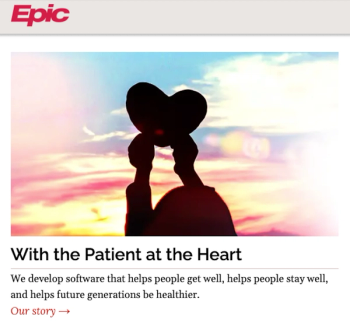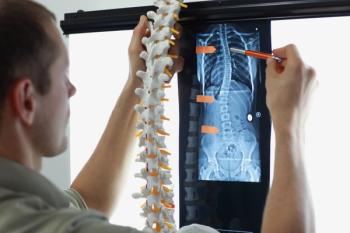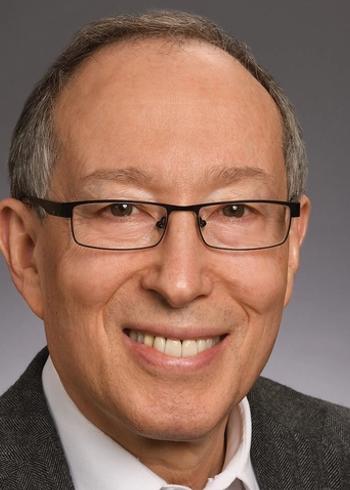
|Articles|April 13, 2021
Study: Personal loans increasingly going toward medical expenses
Author(s)Todd Shryock, Logan Lutton
Even with non-COVID care being avoided, patients are still having trouble making ends meet.
Advertisement
A
Here are some of the key findings:
Newsletter
Stay informed and empowered with Medical Economics enewsletter, delivering expert insights, financial strategies, practice management tips and technology trends — tailored for today’s physicians.
Advertisement
Latest CME
Advertisement
Advertisement
Trending on Medical Economics
1
Protected EHR time cuts after-hours work with little productivity loss, study finds
2
Epic monopoly on EHRs is hurting U.S. health care, Texas AG says
3
Point-of-care testing, with Daniel Krajcik, D.O., MBA
4
Building a bank for doctors: The origins of Panacea Financial
5














